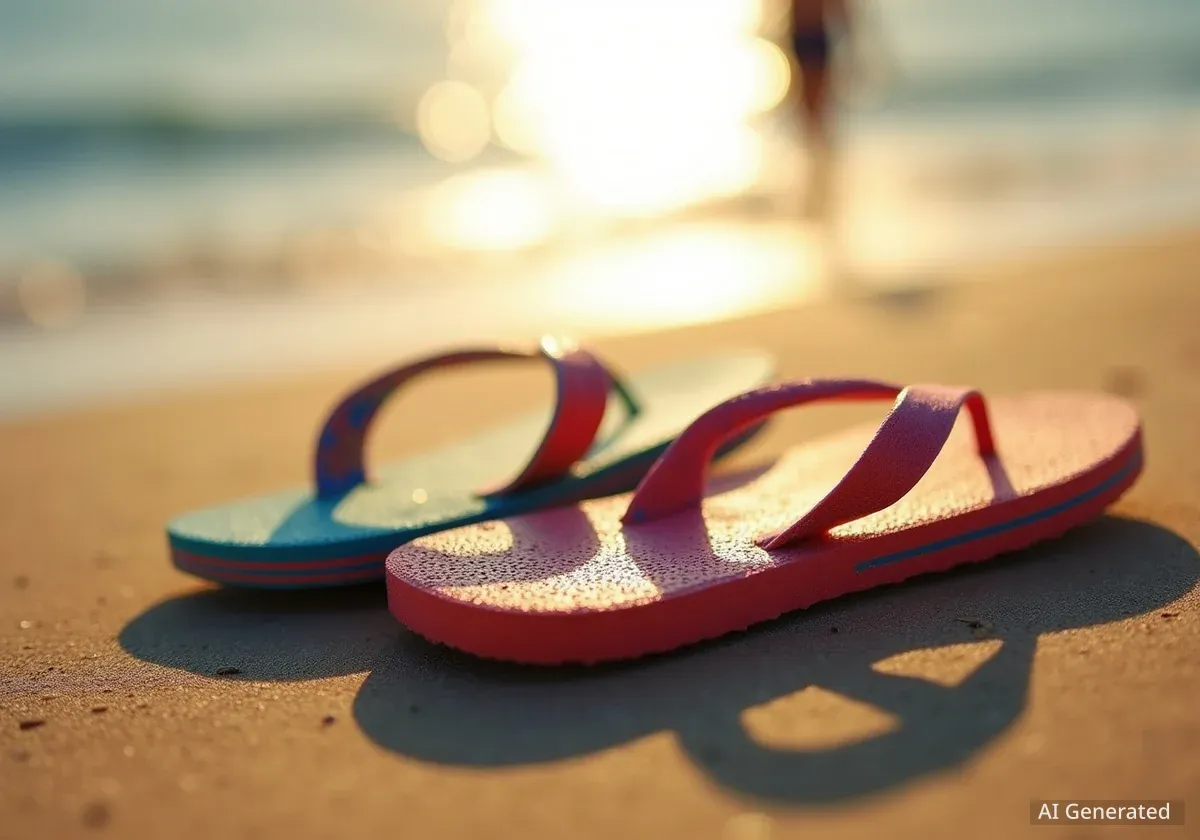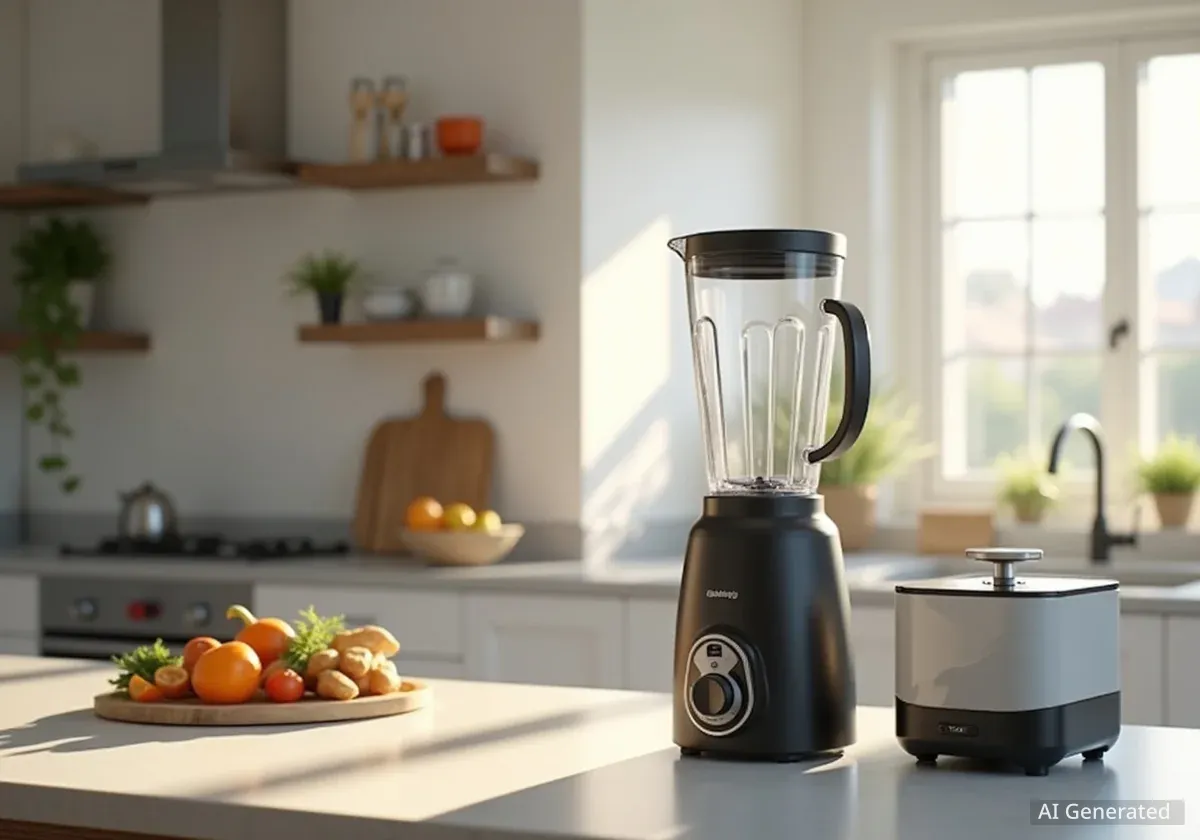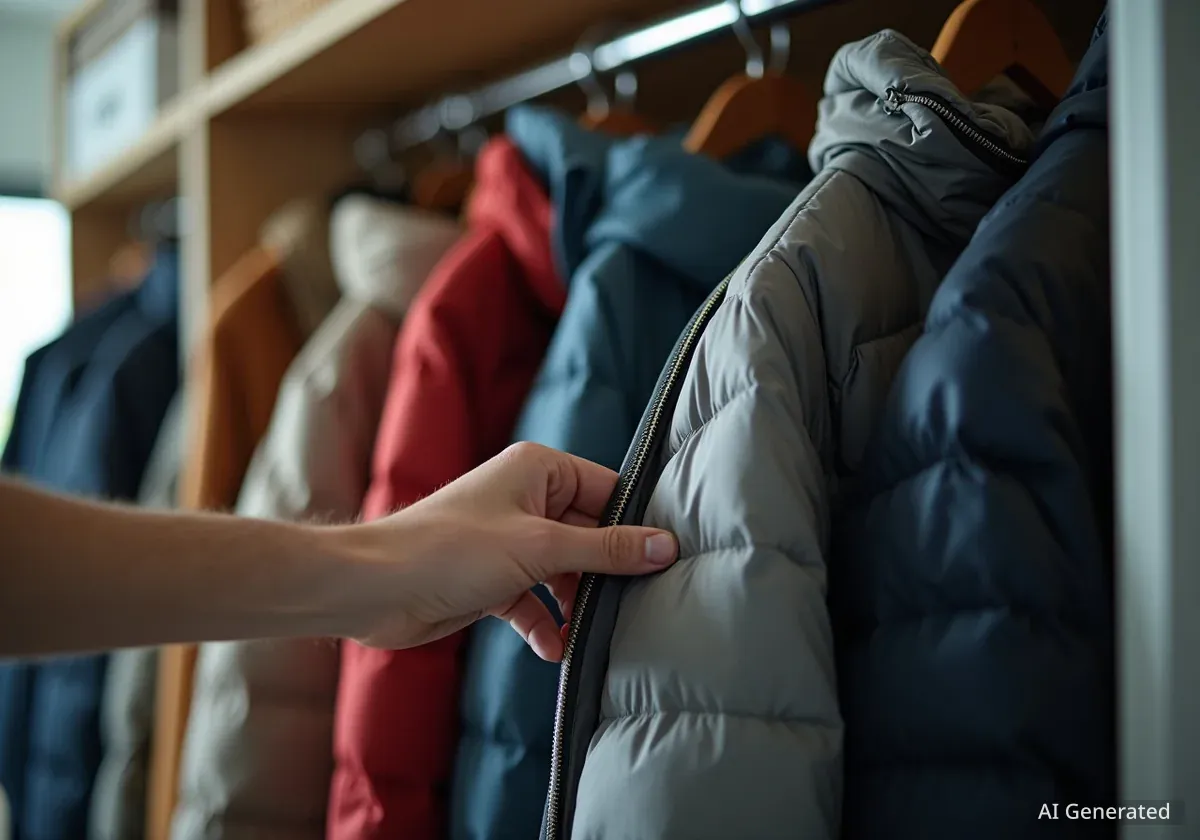As summer approaches, the demand for comfortable and durable casual footwear increases significantly. Flip-flops, a staple of the season, are often chosen for their simplicity, but the materials used in their construction play a critical role in their comfort, longevity, and suitability for various activities. Understanding the properties of materials like rubber, polyester, and PVC can help consumers make more informed decisions.
A common blend in modern flip-flops combines these three materials to create a product that is lightweight, water-resistant, and comfortable. This guide examines the function of each component, the benefits of this material synergy, and how to properly care for this type of footwear to ensure it lasts throughout the season and beyond.
Key Takeaways
- Flip-flop construction often involves a strategic blend of rubber, polyester, and PVC to maximize comfort and durability.
- The rubber sole provides essential cushioning and grip, while polyester uppers offer a soft, quick-drying surface against the skin.
- The combination of materials makes these sandals versatile for a wide range of indoor and outdoor settings, from beaches to casual urban environments.
- Proper care, including hand washing and avoiding prolonged sun exposure, is crucial for preventing material degradation and extending the footwear's lifespan.
Understanding Flip-Flop Construction: A Material Breakdown
The effectiveness of a simple flip-flop lies in the sophisticated combination of materials, each selected for its specific properties. The final product is more than the sum of its parts, offering a balance of flexibility, durability, and comfort engineered for warm-weather use.
The Foundation: Rubber Soles for Durability and Comfort
The sole is arguably the most important part of any sandal. In many contemporary designs, rubber is the material of choice for the sole. Its inherent elasticity provides excellent shock absorption, which reduces the strain on feet and joints during walking. This is particularly important on hard surfaces like pavement or tile.
Furthermore, rubber offers natural resistance to water and heat. This makes it an ideal material for footwear intended for use at the pool or beach. Unlike other materials that might absorb water and become heavy, a rubber sole remains lightweight and dries quickly. Its durability also ensures it can withstand regular use without significant wear and tear.
Did You Know?
Natural rubber is harvested from the latex of rubber trees. Synthetic rubber, often used in footwear, can be engineered to have specific properties, such as increased resistance to abrasion or chemicals, making it highly customizable for different product needs.
The Upper Layer: Polyester for a Soft and Quick-Drying Surface
The part of the flip-flop that comes into contact with the foot, including the straps, is often made from a blend that includes polyester. Polyester is a synthetic fabric known for its strength and resistance to shrinking and stretching. When used in footwear, it provides a soft surface that minimizes the risk of chafing or blisters.
One of polyester's most significant advantages in this context is its hydrophobic nature, meaning it repels water. This allows the straps and footbed to dry quickly after being exposed to moisture, preventing the damp feeling that can lead to discomfort. This quick-dry feature is essential for footwear designed for water-related activities.
The Structural Element: PVC for Stability
Polyvinyl Chloride (PVC) is another key component often integrated into the design. PVC is a versatile plastic that can be formulated to be either rigid or flexible. In flip-flops, it might be used to add structural integrity to the straps or to create a more durable connection point between the straps and the sole.
The use of PVC contributes to the overall lightweight profile of the sandal while ensuring it holds its shape over time. Its resistance to water and environmental factors complements the properties of rubber and polyester, creating a cohesive and resilient final product.
Design for Versatility: From the Beach to the City
Modern flip-flops are designed to be highly versatile, transitioning seamlessly between different environments. The unisex design approach further broadens their appeal, making them a practical option for a wide range of consumers.
The Evolution of Casual Footwear
Originally seen as purely beachwear, flip-flops have evolved into a mainstream casual footwear choice. Designers now focus on creating styles that are appropriate for a variety of settings, including parks, shopping centers, and casual social gatherings. This shift is driven by consumer demand for comfortable and multi-functional products.
A Universal Sandal for Multiple Occasions
The combination of water resistance and comfort makes this type of footwear suitable for numerous activities. Its primary applications include:
- Beach and Poolside: The materials are unaffected by water and dry quickly, making them perfect for aquatic environments.
- Home and Garden: Their lightweight nature and easy slip-on design make them ideal for indoor use or light outdoor tasks.
- Spas and Shower Rooms: The non-slip properties of the rubber sole provide safety on wet surfaces.
- Casual Outings: Simple, clean designs allow them to be paired with casual summer attire for shopping or running errands.
This multi-purpose functionality is a key selling point. Consumers increasingly look for products that offer value through versatility, and a well-designed flip-flop meets this need by eliminating the necessity for multiple pairs of specialized summer shoes.
Performance in Summer Conditions: Heat and Water Resistance
The materials used in these sandals are specifically chosen to perform well in typical summer conditions, which often involve high temperatures and exposure to water.
"The synergy of rubber, polyester, and PVC creates a micro-ecosystem for the foot that is designed to handle heat and moisture effectively, which is the core challenge for any summer footwear."
The heat resistance of rubber prevents the sole from becoming uncomfortably hot when walking on sun-baked surfaces like sand or asphalt. Similarly, the water-resistant properties of all three materials ensure that the sandals do not become waterlogged, which can lead to discomfort, added weight, and material degradation.
Proper Care for Longevity: Extending the Life of Your Footwear
While designed for durability, proper care is essential to maintain the appearance and structural integrity of flip-flops. Following a few simple guidelines can significantly extend their usable life.
Cleaning and Maintenance Instructions
For routine cleaning, hand washing is the recommended method. Using a mild soap and a soft brush can effectively remove dirt and grime without damaging the materials. It is important to avoid harsh chemicals or bleaching agents, as they can break down the polymers in the rubber and PVC and cause discoloration.
After washing, the sandals should be allowed to air dry in a well-ventilated area. Using a machine dryer is not recommended, as the high heat can warp the materials.
The Importance of Proper Storage
One of the most critical aspects of care is avoiding prolonged exposure to direct sunlight during storage. UV radiation can cause the materials to age prematurely, leading to several issues:
- Discoloration: Colors may fade or yellow over time.
- Deformation: The materials can become brittle and lose their flexibility, leading to cracks.
- Aging: The overall structure of the sandal can weaken, reducing its lifespan.
By storing the flip-flops in a cool, dry place away from direct sunlight, consumers can preserve their condition and ensure they are ready for the next season.





